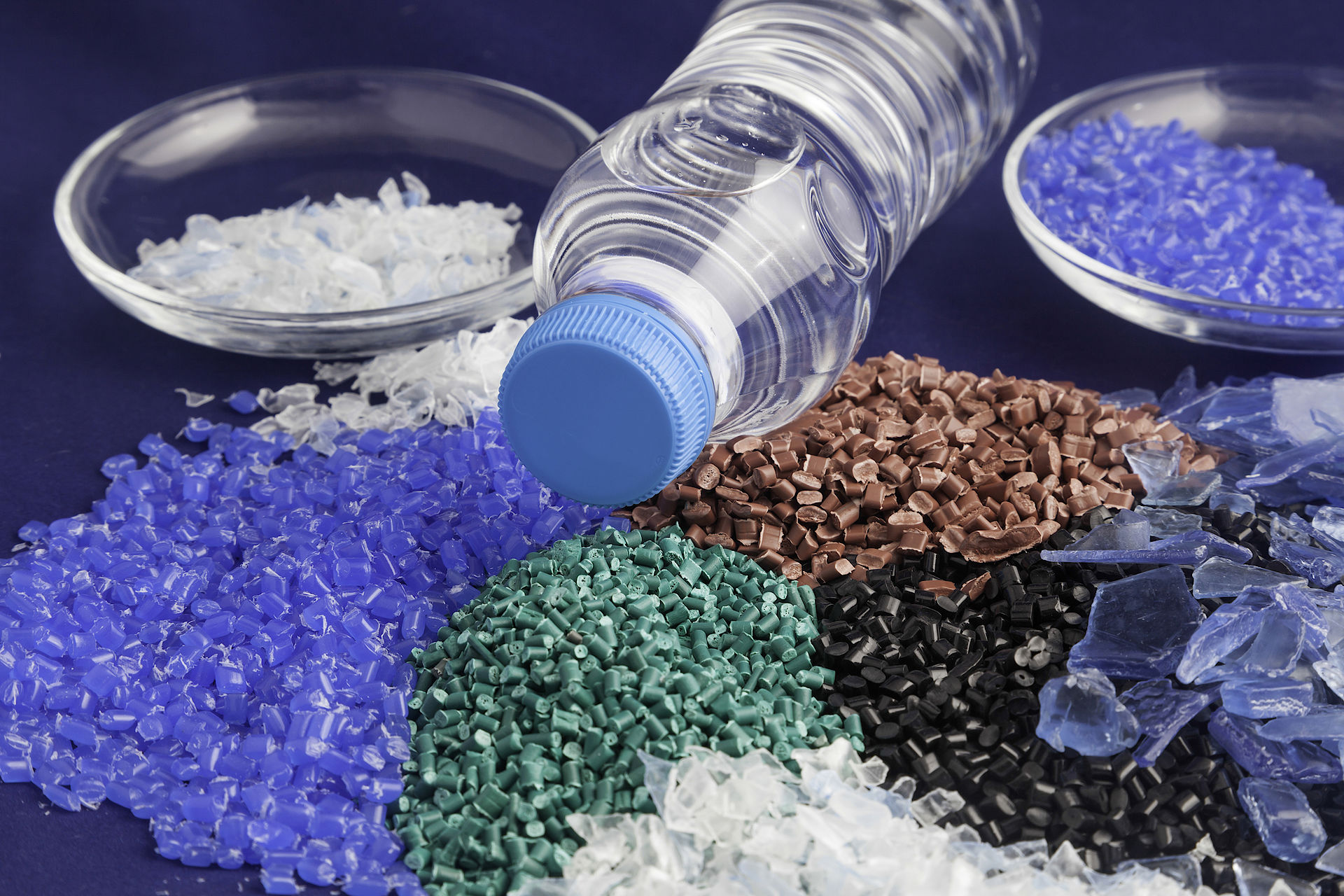Precision molds form the foundation for the quality and efficiency of plastic part molding. In today’s highly competitive manufacturing environment, the design and fabrication of molds directly impact a product’s functional performance and market competitiveness. Excellent mold development requires not only precise engineering design but also the integration of advanced machining technologies and rigorous quality control to achieve efficient and stable mass production.

Photo by https://photo.urb2b.com/photo/#/shared_space/folder/75
Key Technologies in Mold Design
Precision mold design typically begins with the creation of digital models, utilizing computer-aided design (CAD) and mold flow analysis to predict plastic material flow behavior and potential molding defects. This process optimizes gate locations, cooling system design, and mold venting, thereby increasing first-shot success rates and shortening development cycles.
Additionally, the design phase must carefully consider material properties, injection pressures, and mold structural strength to ensure dimensional stability and durability during prolonged operation.
Machining Technologies and Equipment
High-precision machining equipment is critical in mold manufacturing, including CNC milling machines, electrical discharge machining (EDM), and high-speed mirror polishing. These technologies enable micron-level tolerance control, ensuring the precise formation of mold cavities.
Throughout the machining process, strict parameter monitoring and process management guarantee compliance with technical specifications.
Heat treatment is also essential to mold fabrication, adjusting steel hardness and toughness to extend mold life and enhance wear resistance.
Quality Control and Testing
To ensure molds meet design specifications, multi-stage quality inspections are required. Coordinate measuring machines (CMM) precisely measure cavity dimensions, while surface roughness testing assures the aesthetic quality of molded parts. Systematic tracking and documentation allow quick identification and correction of potential issues, mitigating quality risks during mass production.
Integration Trends in Mold Manufacturing
As market demands for product quality and delivery lead times increase, mold development and manufacturing are progressively moving toward integrated workflows. Combining design, machining, mold trials, and maintenance shortens development times and improves communication efficiency. This vertically integrated approach enhances supply chain flexibility and resilience, enabling rapid responses to market changes and customer requirements.
Conclusion
Precision mold development and manufacturing are not only prerequisites for producing high-quality plastic products but also critical technological supports for enhancing product competitiveness in modern manufacturing. Leveraging advanced design tools, high-precision machining, and rigorous quality management, mold manufacturers can effectively reduce production risks, improve product consistency, and accelerate market responsiveness — empowering manufacturing enterprises to achieve steady growth amid fierce competition.









.png)




